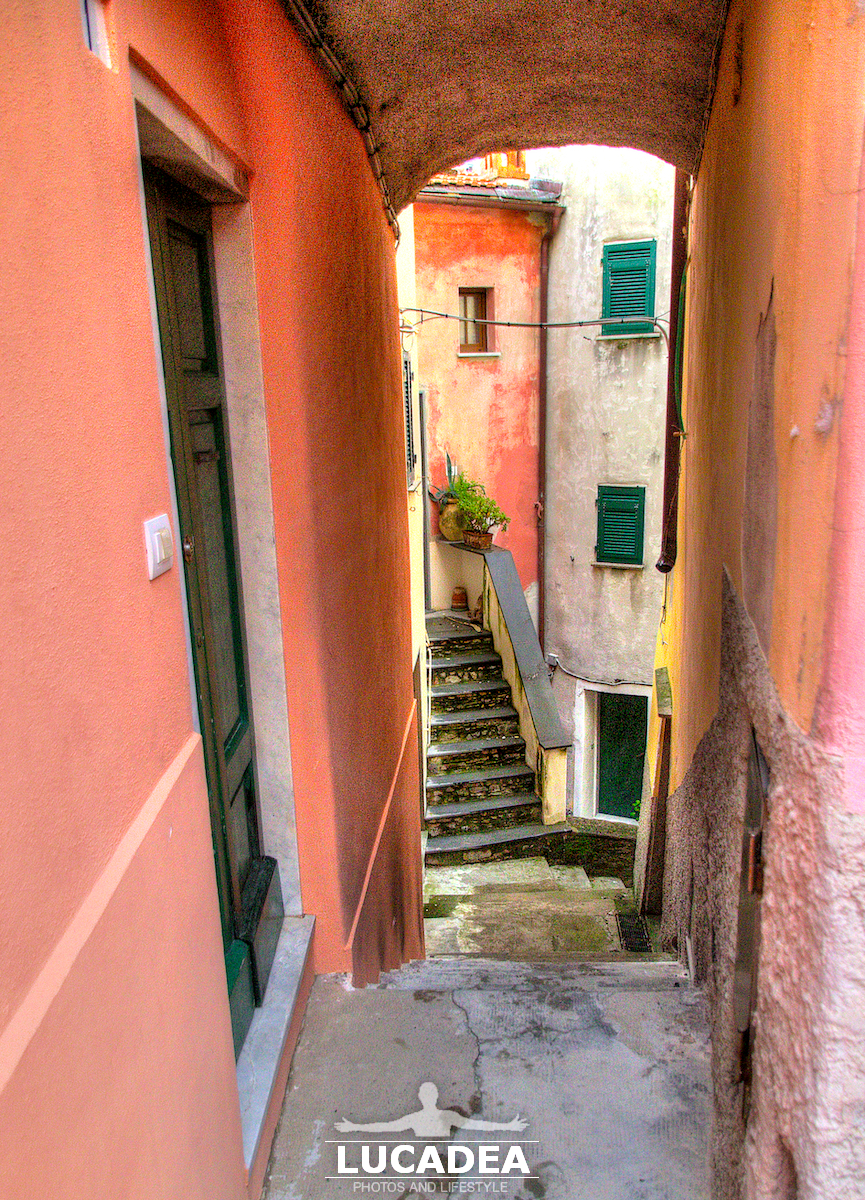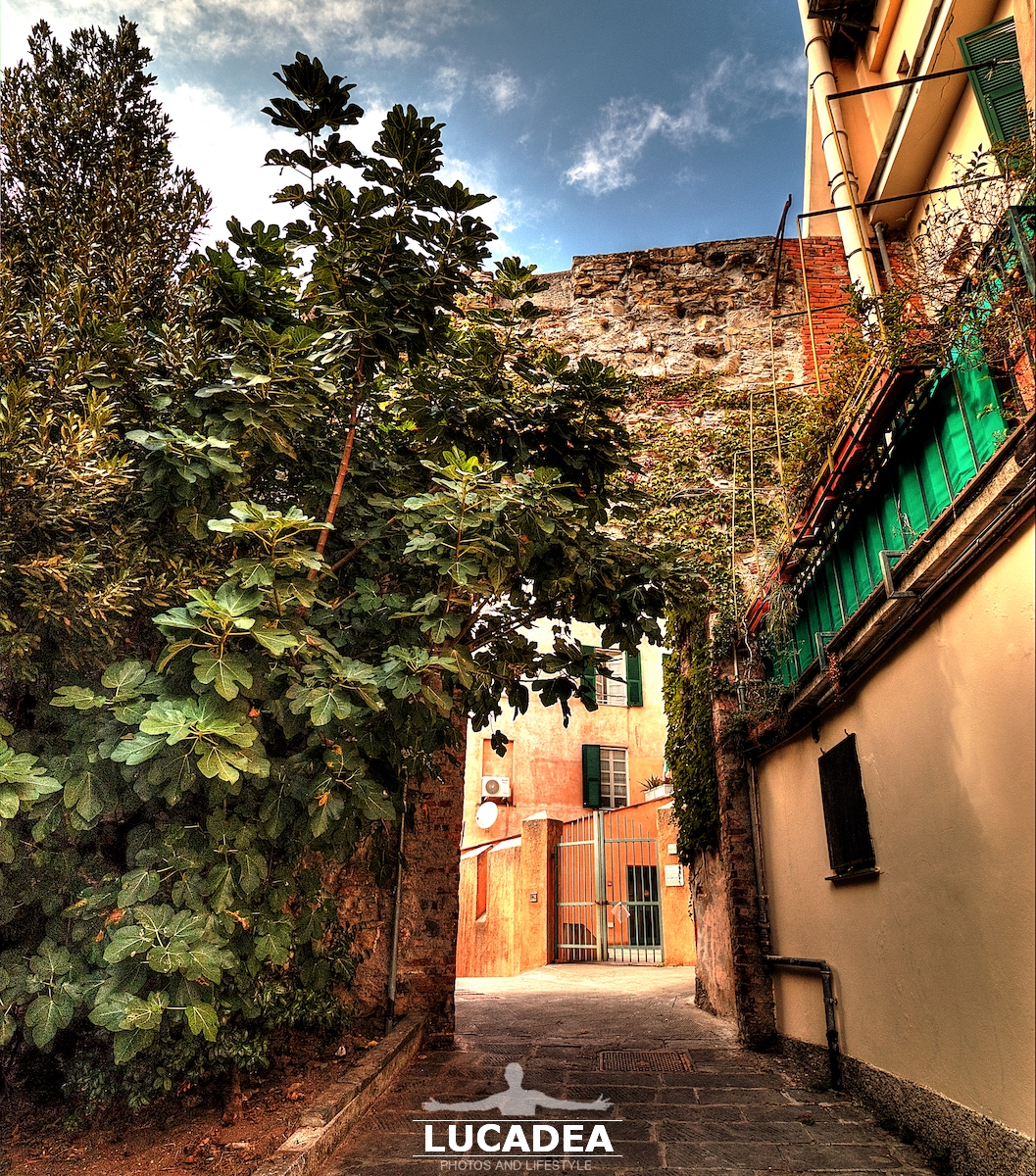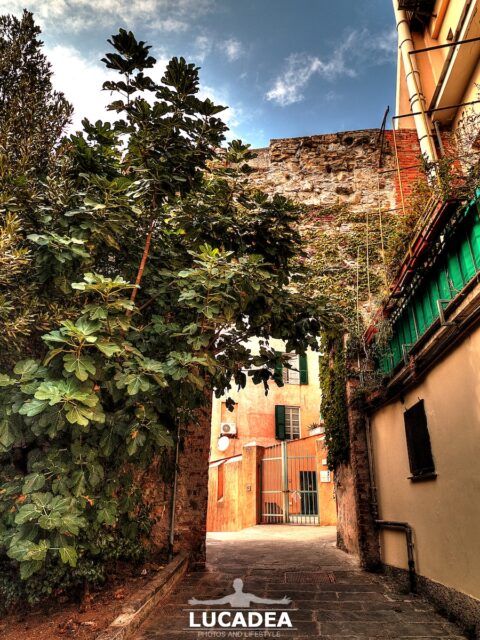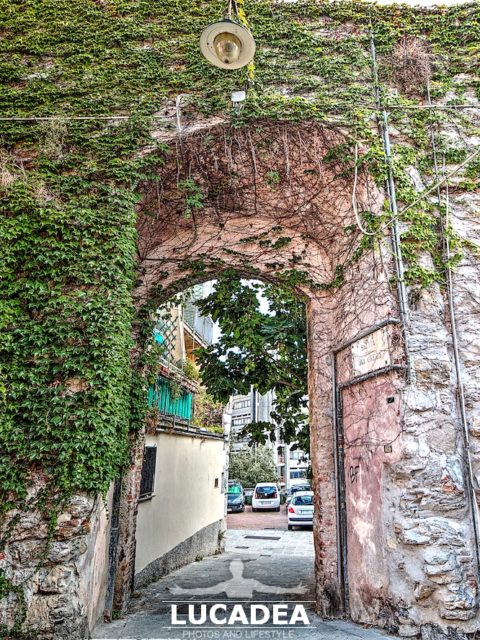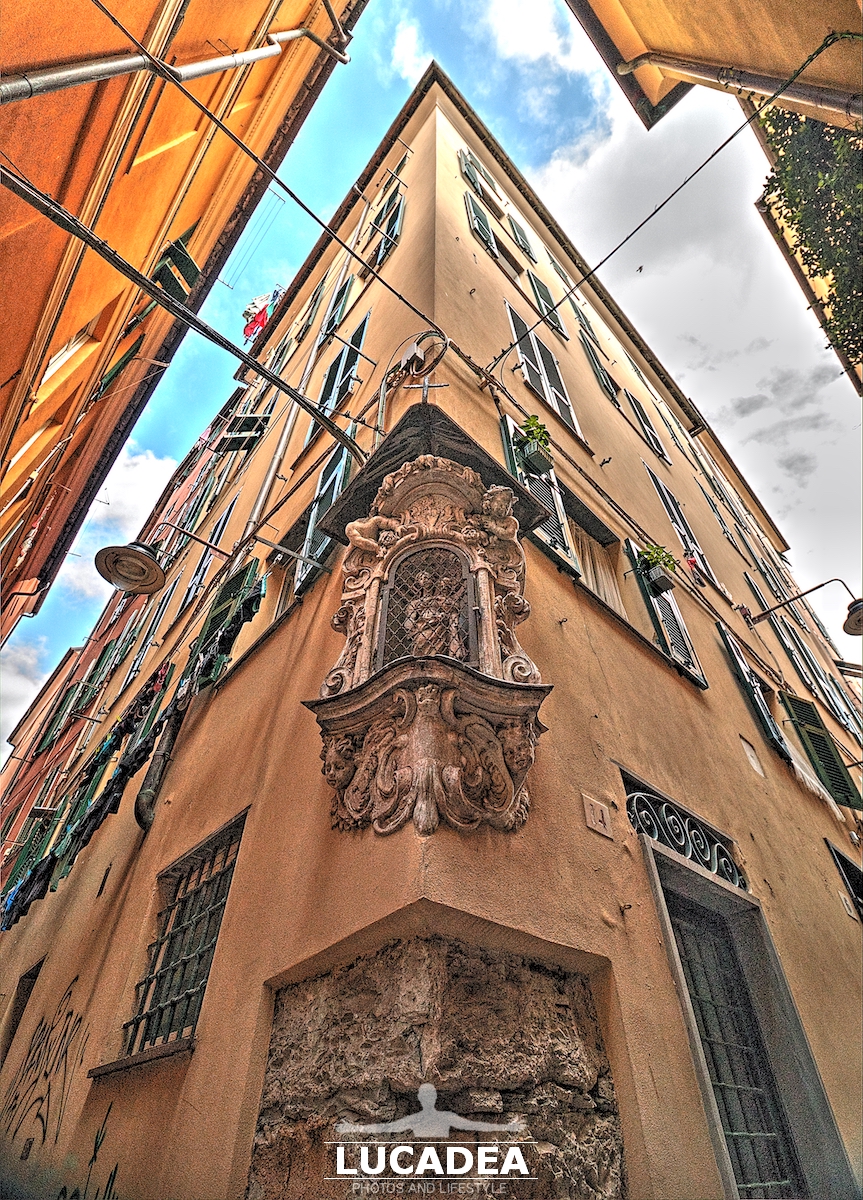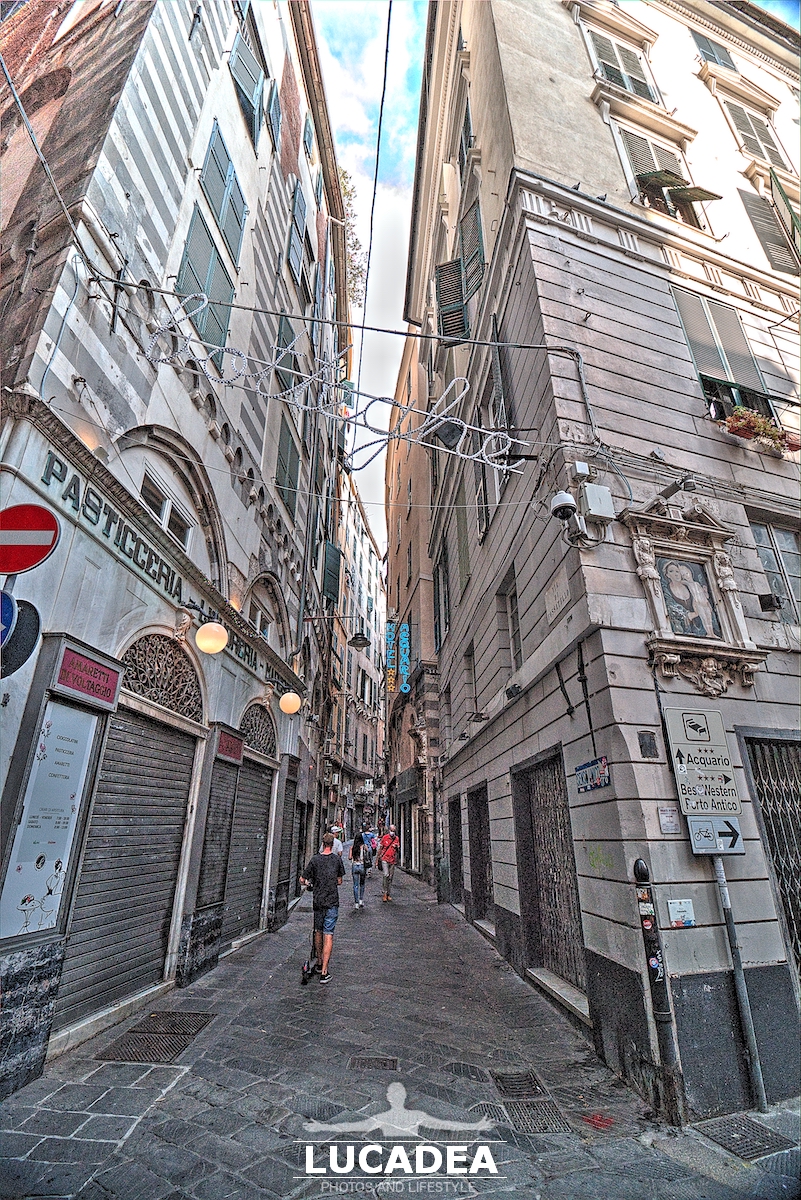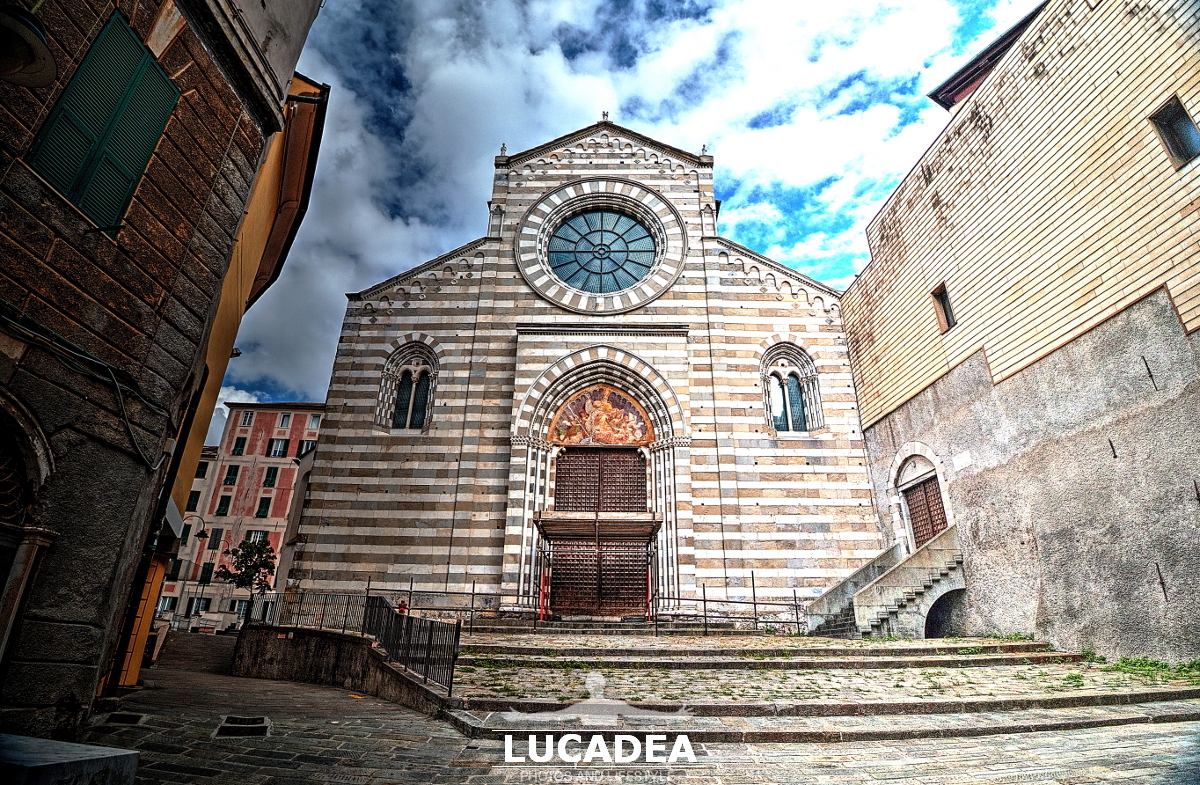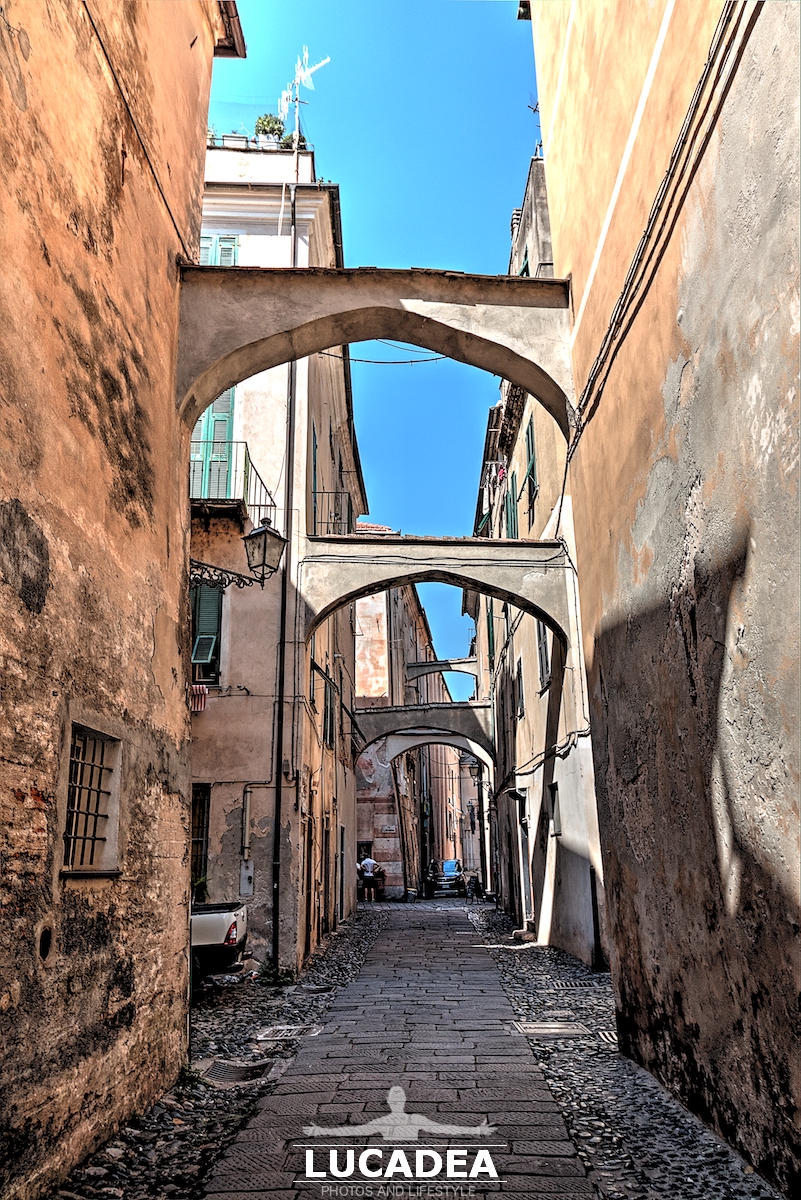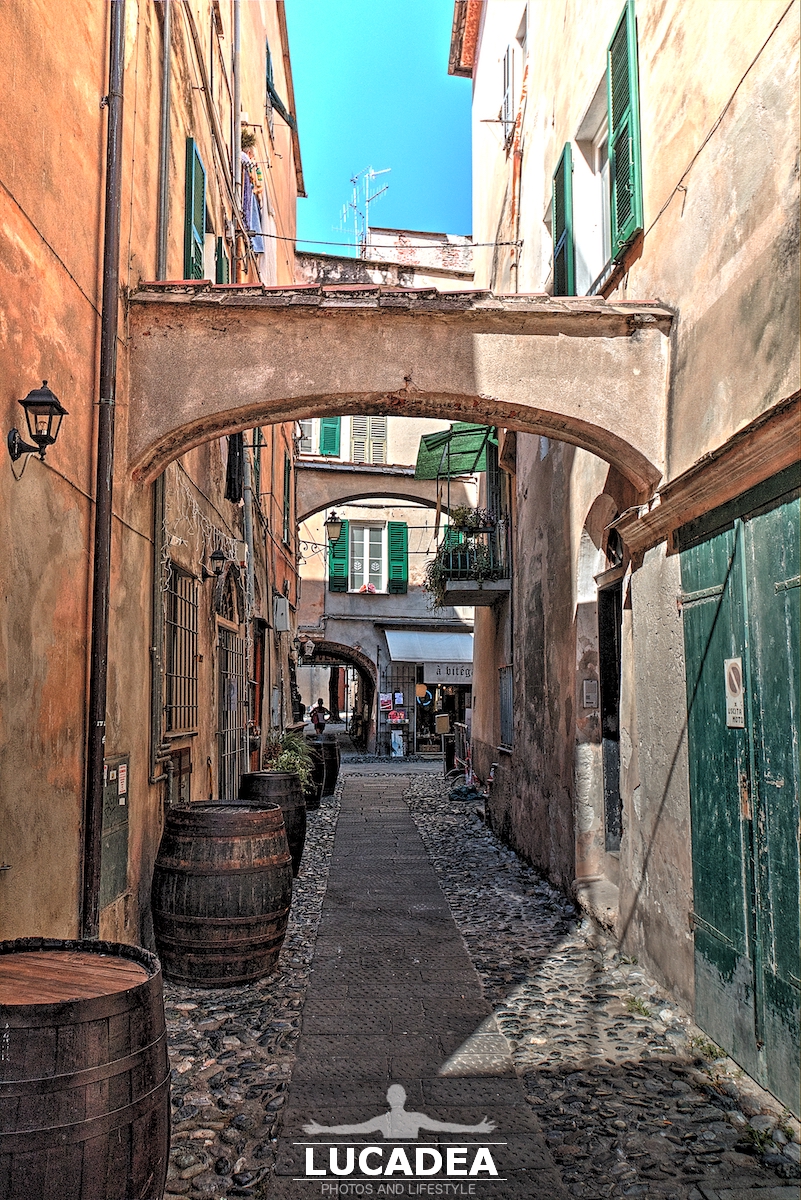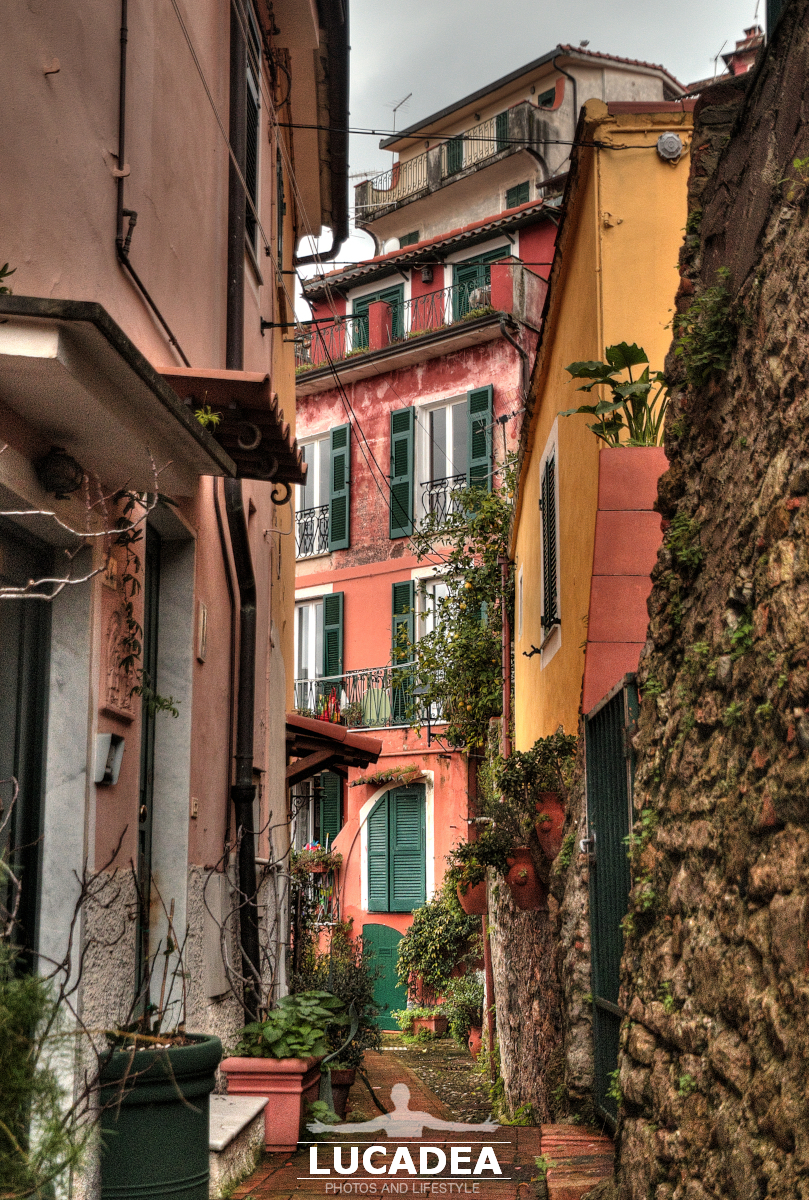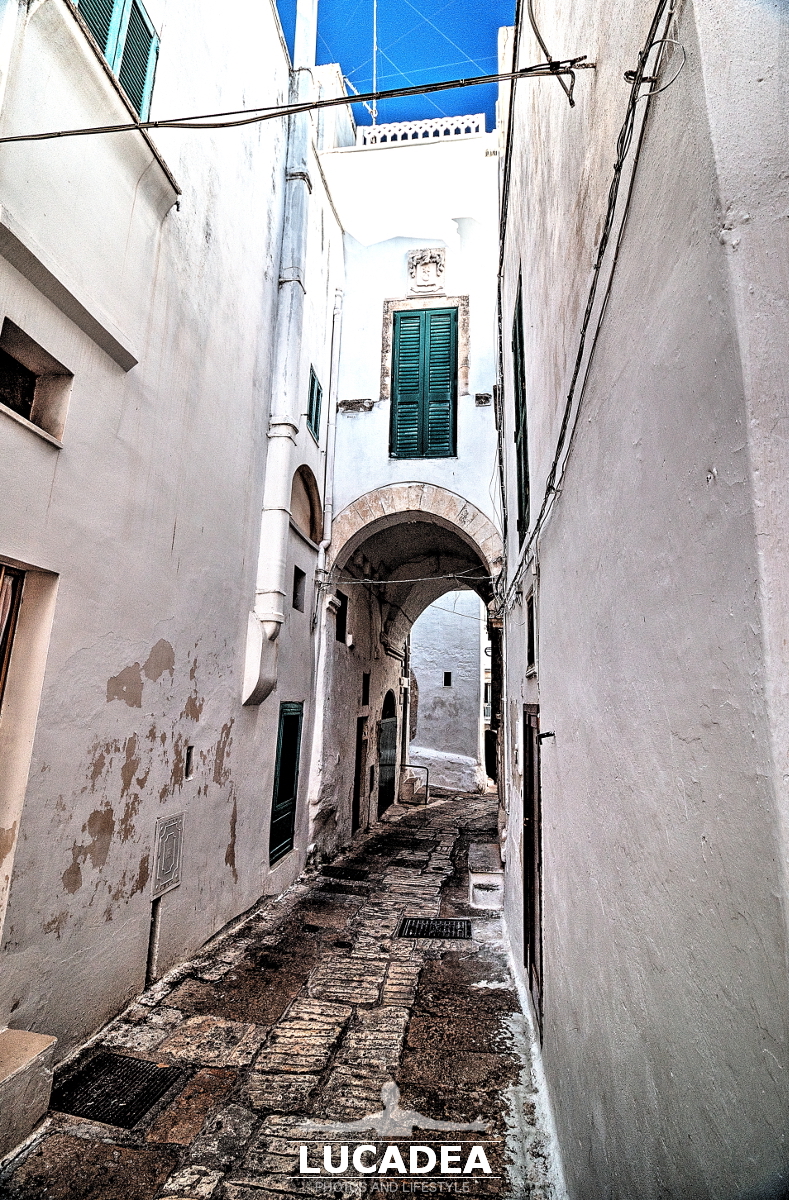The Well of Janus in Piazza Sarzano in Genoa.
Walking through the winding alleys of the center of Genoa I happened, a few months ago and for the first time, in Piazza Sarzano. In this square there is a beautiful well that only later I discovered to whom it was dedicated and its history.
This is the reason why I did not photograph (also) the statue of Janus Bifrons that adorns the roof and which gives its name to the well itself.
Do you know and like Genoa?
Add your own comment or go to the bottom of the site to read what other visitors have written.
Photo taken with Canon EOS M100 and lens Canon EF-S 10-18.
Here's where exactly the well is located:
Located in the centre of Sarzano square at the confluence with Via Ravecca, the well erected in 1583 by Bartolomeo Bianco (a famous architect working in Via Aurea), was once located in front of the nearby church of San Salvatore.
Continue and learn more on amezena.net


